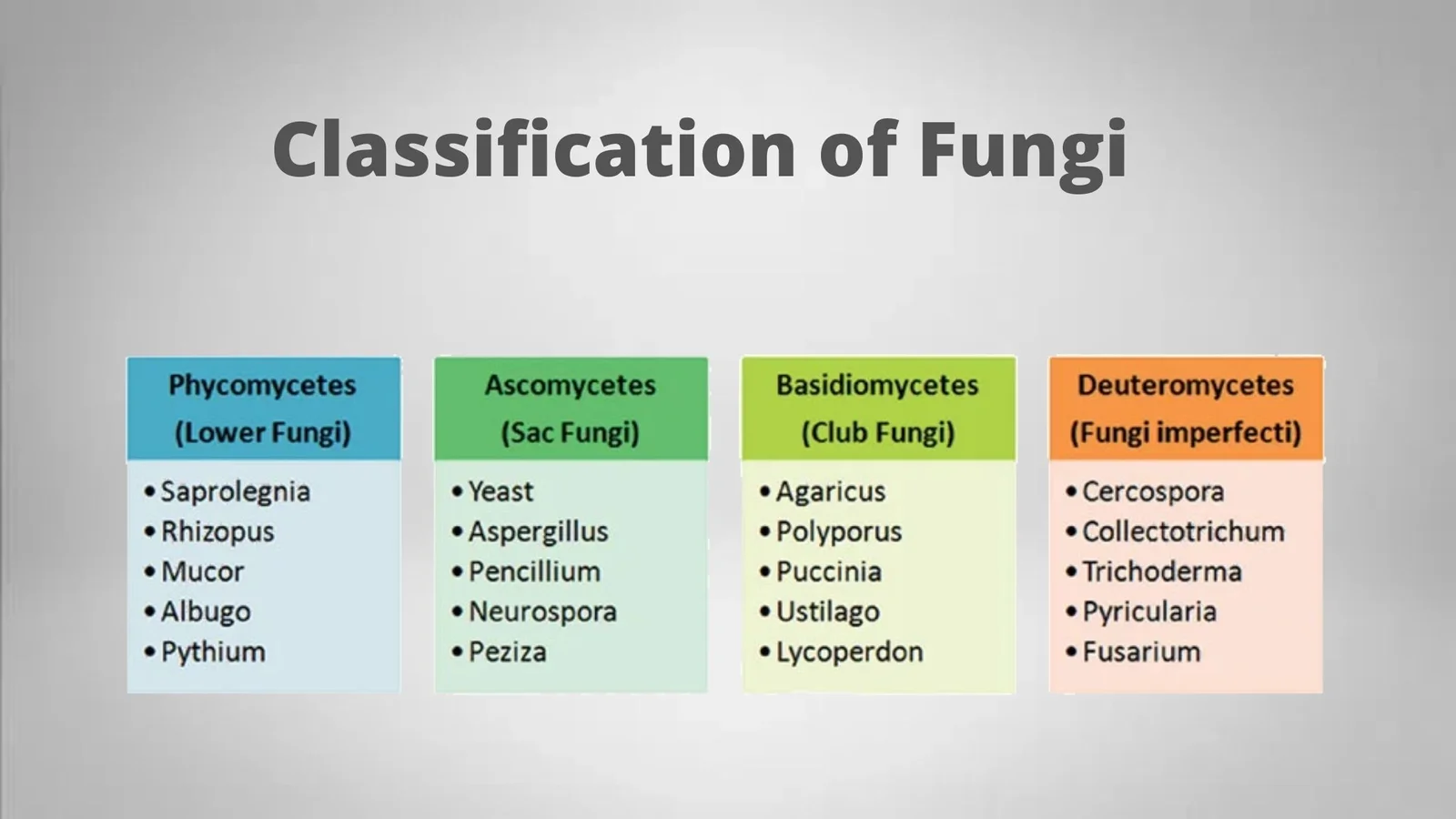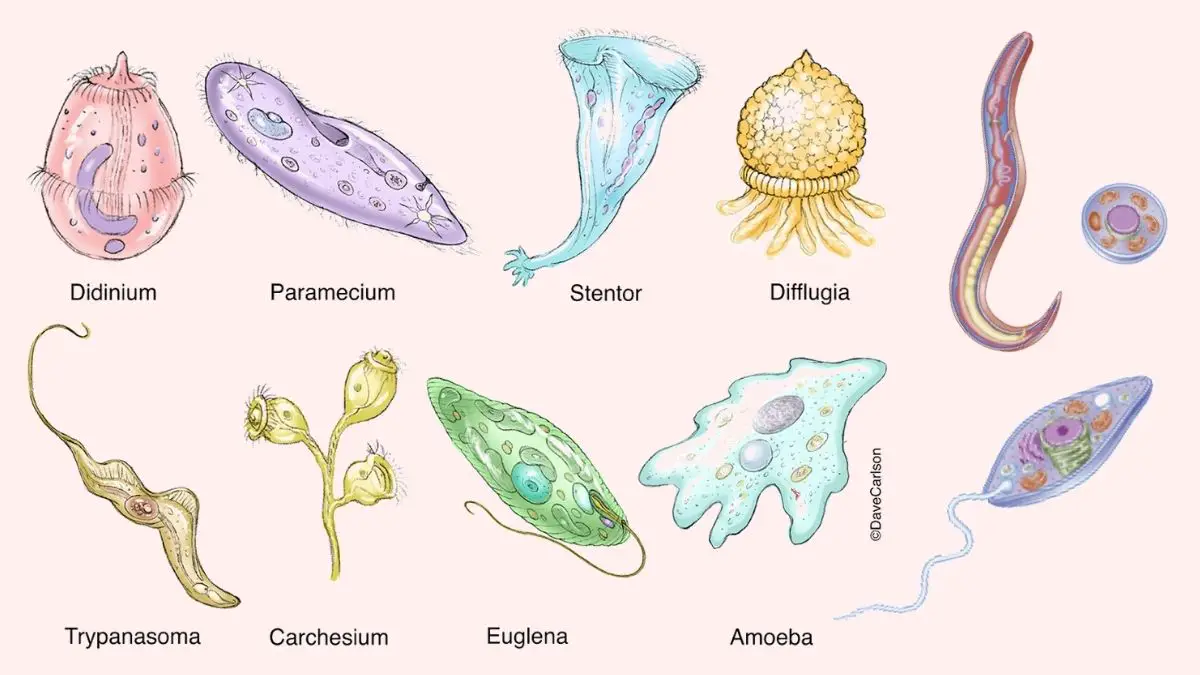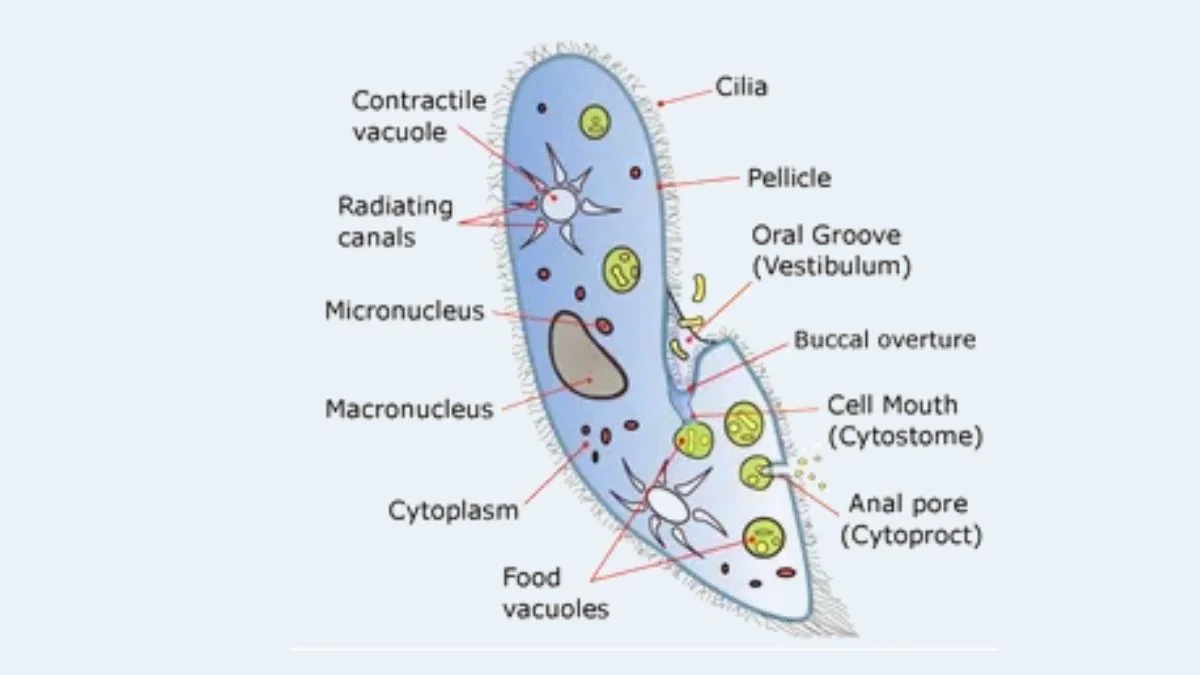Classification of Fungi – Gymnomycota, Mastigomycota, Amastigomycota.
The fungi are classified based on the characteristics of the sexual spores and fruiting bodies present during the sexual stages of their life cycles. Therefore, based on characteristics of their sexual stages and morphology of their asexual spores and thalli they are classified into different groups.


